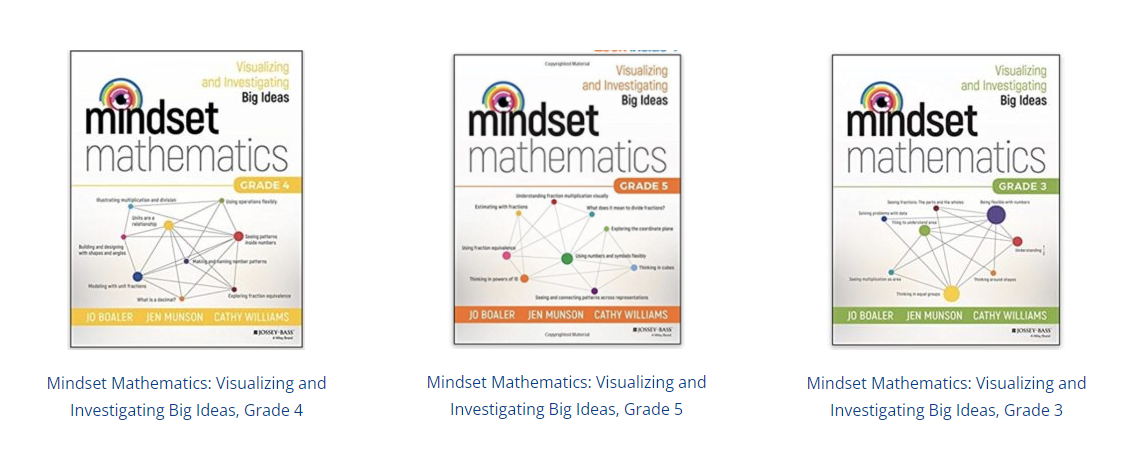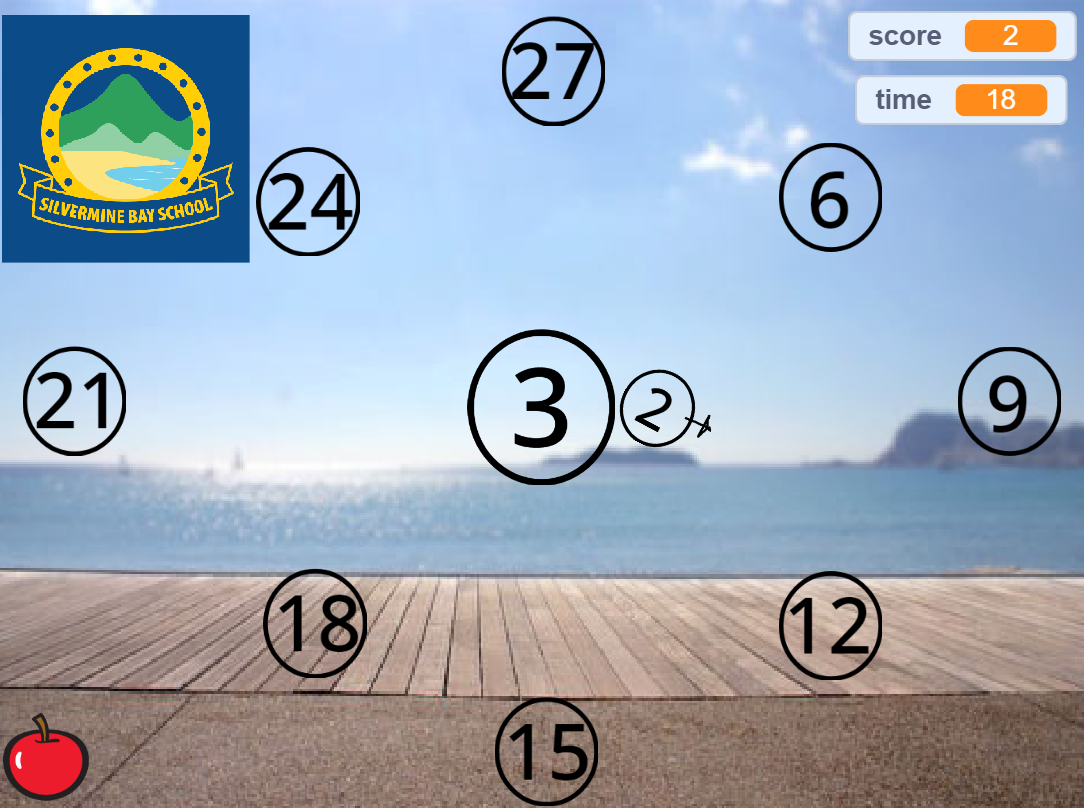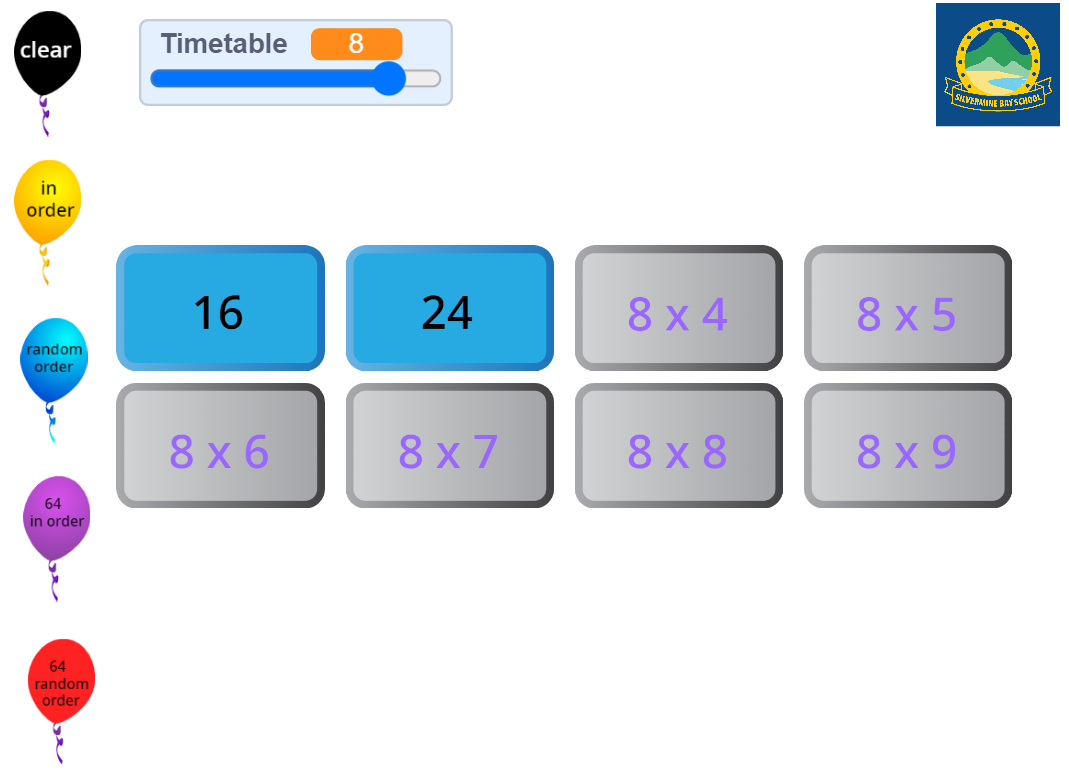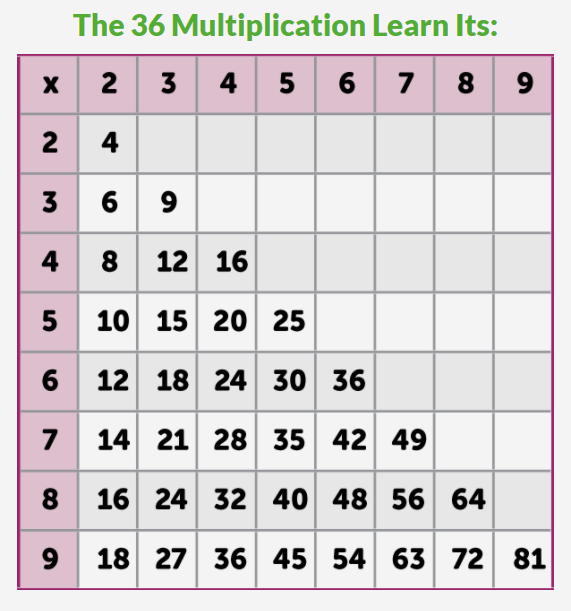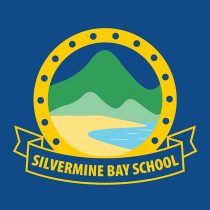Evidence-based Maths
One of the academic strengths of Silvermine Bay School is Mathematics. As a starting point, we cover all the areas of the EYFS and UK National Curriculum of Mathematics. We adapted evidence-based pedagogy. The learning materials we use include, but are not limited to, ‘Big Maths’, ‘Mindset Maths’ and ‘Coding Maths’.
Our teaching is based on the curriculum framework and resources of the comprehensive maths programme ‘Big Maths.’ Our resources are provided and supported by Andrell Education, of which also supports our English and Literacy curriculum with their ‘Big Writing’ programme. The other two dimensions of our evidence-based Maths includes the ‘Mindset Maths’ programme, developed by Stanford Mathematician Jo Boaler, which our school has been running alongside our school based ‘Coding Maths’ programme developed by our principal Will Tong.
A) ‘Big Maths’
‘Big Maths’ is a teaching approach that makes progress in maths easy and fun. It has been extremely successful both in the UK and around the world, with thousands of children learning through the ‘CLIC’, ‘SAFE’ and ‘Learn Its’ challenges.
1. ‘CLIC’ and ‘SAFE’ Challenges
‘Big Maths’ firstly answers the question, ‘How do we get children to properly numerate as they journey through school?’ It provides us with an accurate and simple, but highly effective, framework that guarantees numeracy progress. This framework is known as CLIC (Counting, Learn Its, It’s Nothing New and Calculation) and is characterised by accurate steps of progression (known as Progress Drives) that make new learning easy and obvious to children by cashing in on the timeless natural laws of maths. The framework extends to the wider maths topics SAFE (Shape, Amount, Fractions, and Explaining Data)

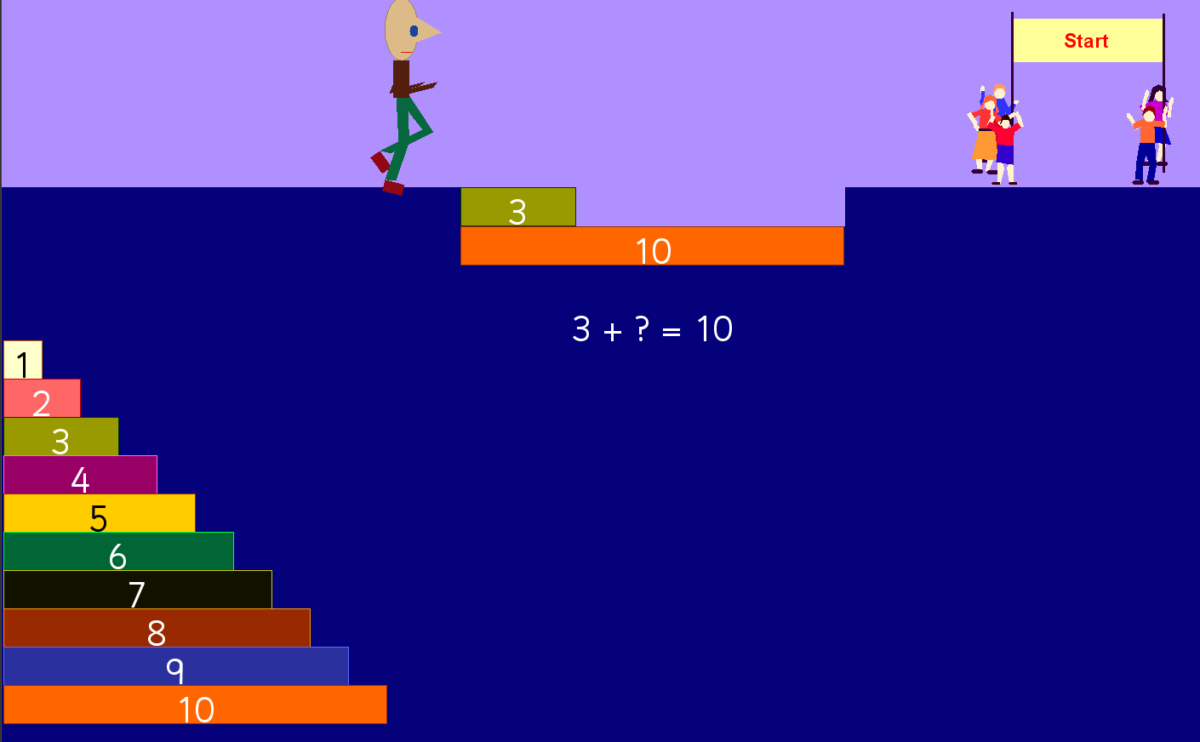
2 Cognitive Load Theory – Applying the Science of Learning on Maths
‘Big Maths’ applied the principles of Cognitive Load Theory on the design of the maths learning framework.
Principle 1: ‘The working memory of the brain is very limited.’
Principle 2: ‘New knowledge needs to be transferred to the long term memory, ready for retrieval and transfer.’
With the above two principles in mind, we understand that students can function better if they have the basic facts stored in their long-term memory, freeing up more working memory to process higher order thinking. One of the big parts in primary maths is to help students memorise some of the key number facts. We have a complete award scheme and supporting materials to help students store the number facts into their long-term memory.
3 Addition and Multiplication Facts – Number Bonds and Timetables Award Scheme
You may recognise terms like Number Facts or Number Bonds. Number Facts are simple sums that are vitally important for children to learn and be be able to recall instantly, with no thinking time. There are 45 Addition Facts (all the 1 digit add 1 digit facts from 1+1 through to 9+9) and 36 multiplication Learn Its (all of the 1 digit times 1 digit facts from 2 x 2 through 9 x 9). At Silvermine Bay School, we use an award scheme and some tailored-made maths games to help students master the addition and multiplication facts.
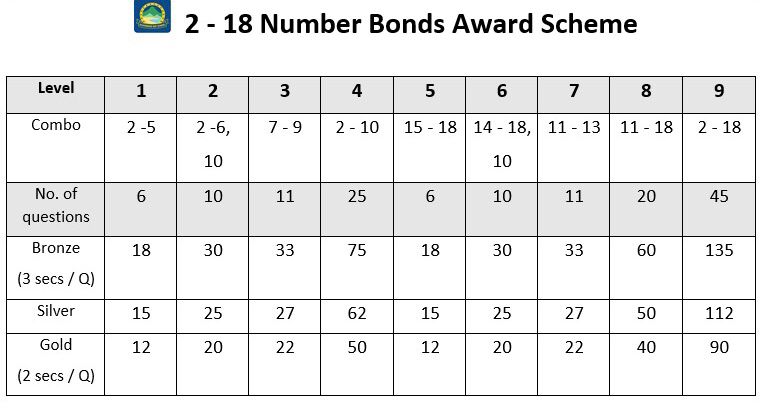
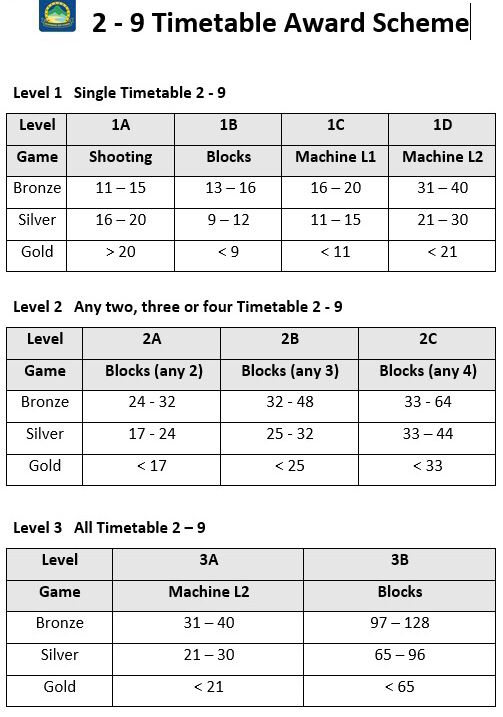
B) Coding Maths — From Mathematics to Game Designer and Animations Creator
With a strong arithmetic foundation students will have the capacity to develop good reasoning skills alongside developing a genuine interest in maths study and the application of it. For the upper primary class, students will learn to make connections between mathematics and computational thinking. Over the past couple of years, our students have created hundreds of coding projects, which help students understand the value of mathematics learning in an engaging way.
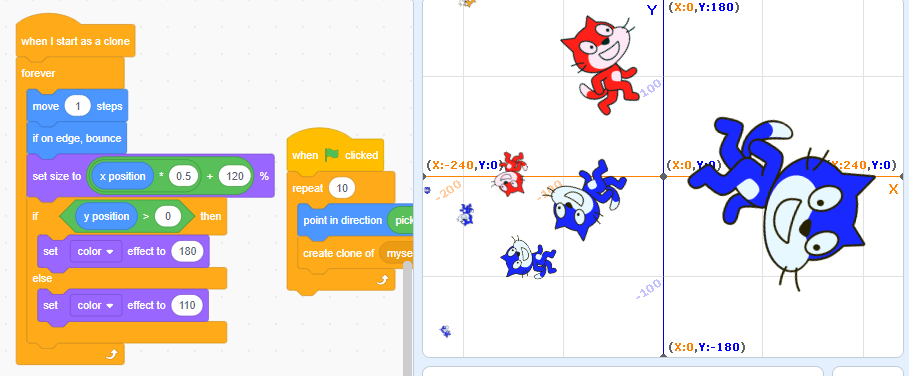
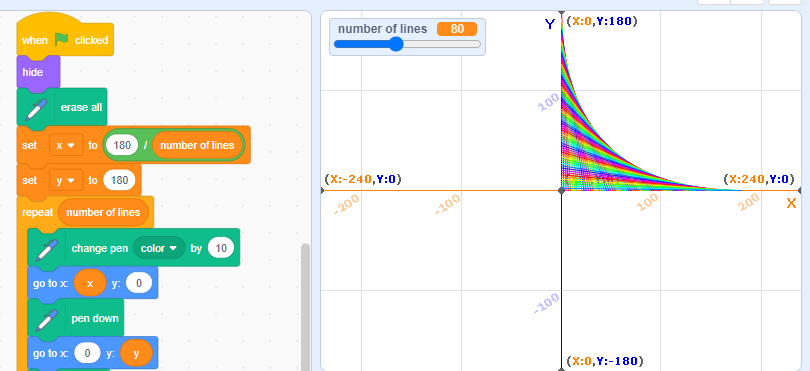
C) Mindset Maths – Visulize, Investigate and Play
“Maths is a subject of beautiful connections, it is not a long list of disconnected topics,” – Jo Boaler
Mindset Maths focuses on the following three elements:
1 VISUALIZE
Brain scientists now know that when we work on mathematics, even when we perform a bare number calculation, five areas of the brain are involved. Two of the five brain pathways—the dorsal and ventral pathways—are visual. Now brain scientists know that our brains “see” fingers when we calculate, and knowing fingers well—what they call Finger Perception—is critical for the development of an understanding of numbers.
2 INVESTIGATE
A crucial finding from neuroscience is the importance of students struggling and making mistakes—these are the times when the brain grows the most. In one of my meetings with a leading neuroscientist, he stated it very clearly, “If students are not struggling, they are not learning.” We want to put students into situations where they feel that work is hard, but within their reach.
3 PLAY
Unlocking mathematics involves inviting students to see ideas differently, explore with ideas, and ask their own questions. Students can gain access to mathematical ideas and methods through creativity and exploration. Albert Einstein famously said that “play is the highest form of research.” This is because play is an opportunity for ideas to be used and developed in the service of something enjoyable. Play-based activities can invite students to work with each other, building understanding together.
Our Maths Programme design is guided by the science of how the brain works and how we learn. We make use of evidence-based pedagogy together with our own teaching and learning experience. Students make significant progress in the study of Mathematics throughout their seven years in Silvermine Bay School.
